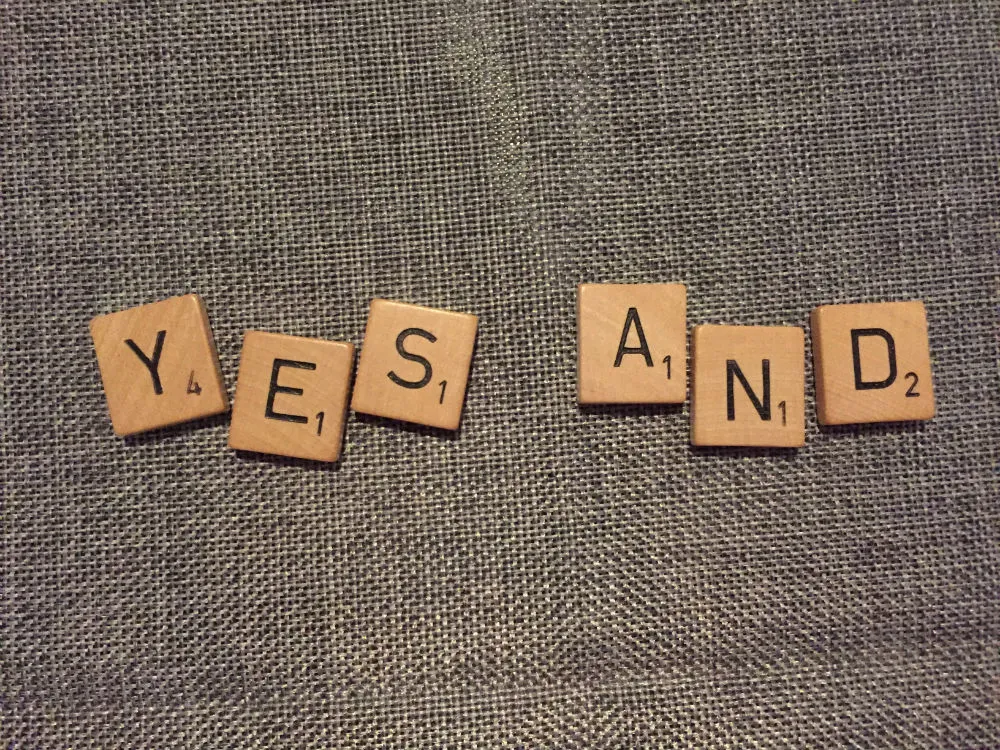Improv
My improv journey from virtual to in-person classes and leaning into being uncomfortable in the spotlight.

Finding Improv
I first discovered improv during the pandemic, when Second City Chicago offered virtual classes. What started as a curiosity quickly turned into a regular outlet for creativity and connection. I took several short sessions online before deciding to commit to Improv Level One — a step that felt both exciting and terrifying. It's fun bonding with your improv classmates through the shared experience of acting silly online.
From Screen to Stage
Once in-person opportunities opened up, I joined my first live improv class at Imposters Comedy in Cleveland. Walking into a real class made me nervous, but the supportive and welcoming environment quickly eased my fears. Everyone was there to look silly, laugh, and let go — the perfect recipe for getting out of my own head. The two hour classes would fly by.
The Joy of Saying Yes, And
Improv has taught me that it’s not about trying to be funny; it’s about saying whatever pops into your head and trusting your scene partners to build on it. The humor comes naturally from that spontaneity and support. It’s been a powerful reminder to embrace imperfection and let the moment unfold. The "Yes, And" principle in improv means embracing whatever idea is presented, building on it with your own contribution, and fostering collaboration to create something unexpected and cohesive.
Why I Keep Coming Back
Even though improv pushes me out of my comfort zone (I am an emboldened introvert), it’s one of the most freeing things I’ve ever done. It’s a space where I can take risks, embrace vulnerability, and connect with others in the most creative way. I've been able to apply Yes, And principles to my life outside of improv.

My Favorite Improv Games
There are many improv games, and they can all be played in different ways depending on your instructor or studio. Some of my favorites include:
- Five Things - A player is given a topic (e.g., “5 things you’d bring to a desert island”) and must quickly list five items.
- One Word Story - Players take turns adding one word at a time to create a collaborative story.
- Emotional Rollercoaster - Players act out a scene, and at any moment, the director (or audience) calls out a new emotion (e.g., “angry,” “joyful,” “sad”), and the players must shift to that emotion instantly.

